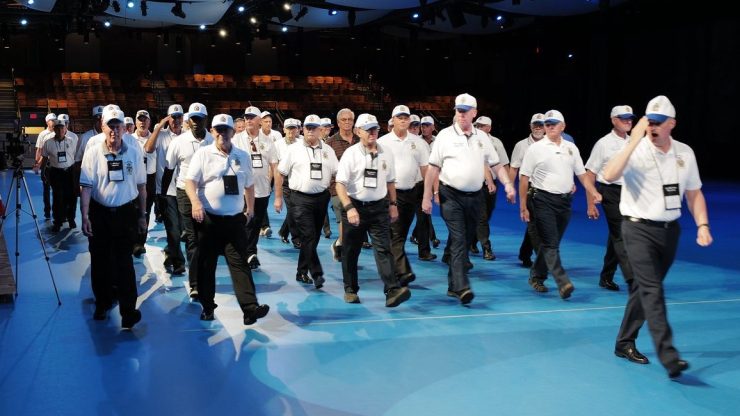

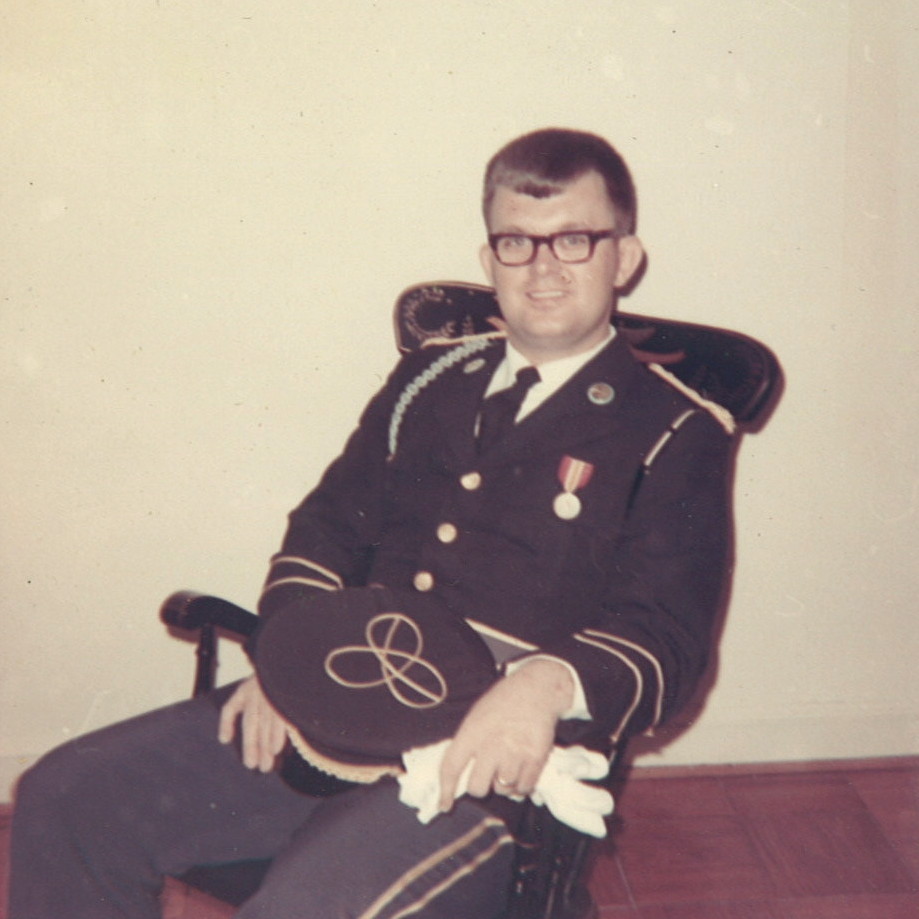
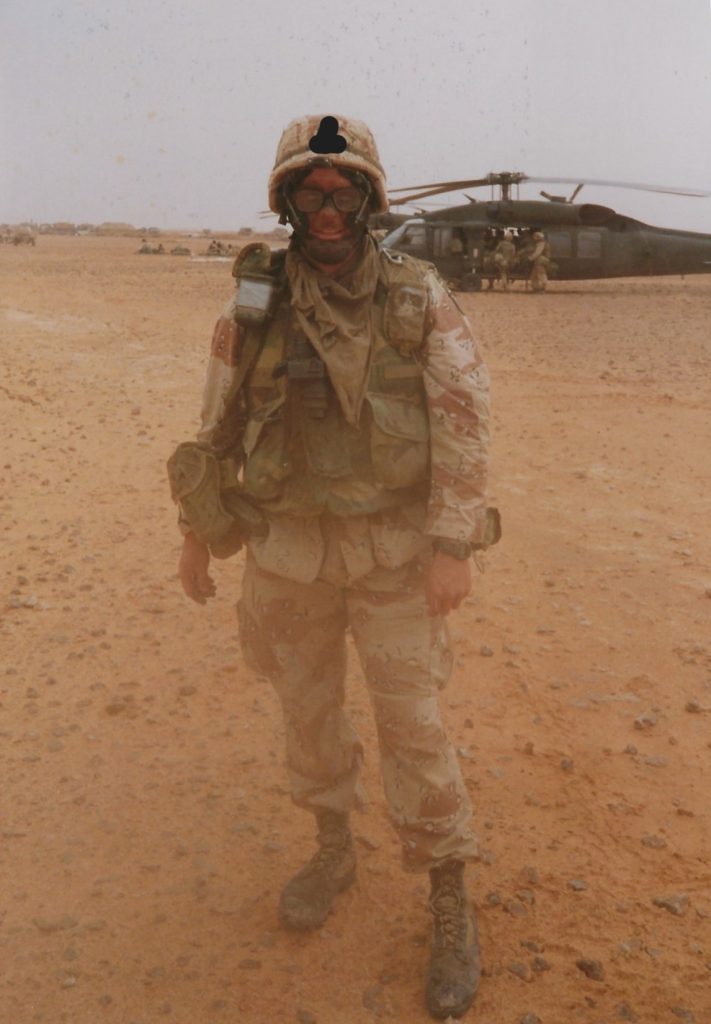
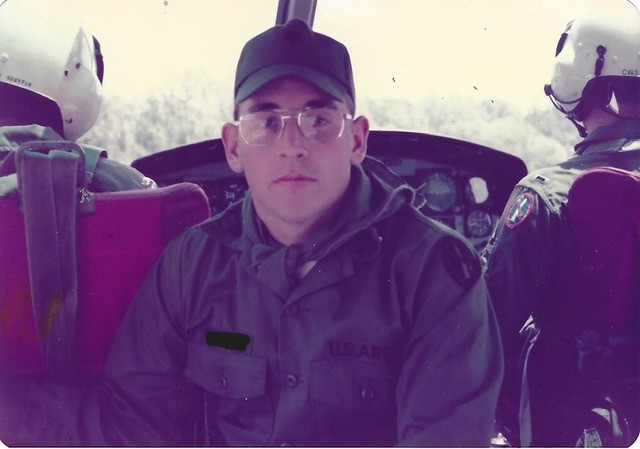

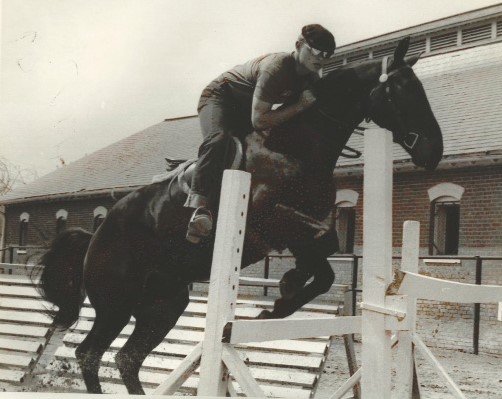
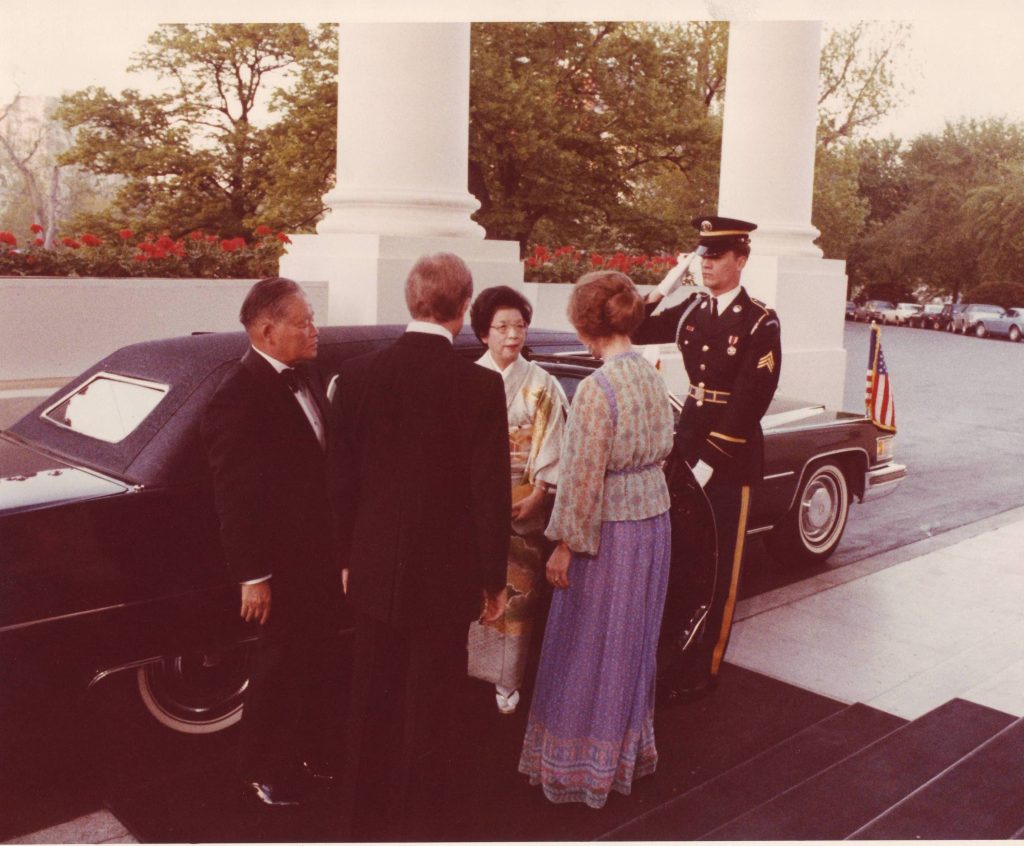
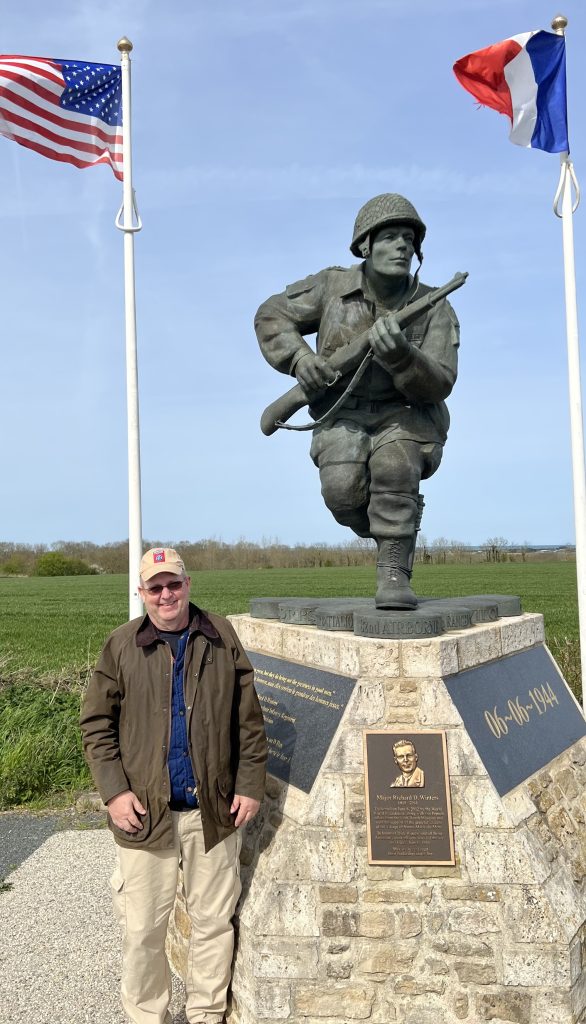

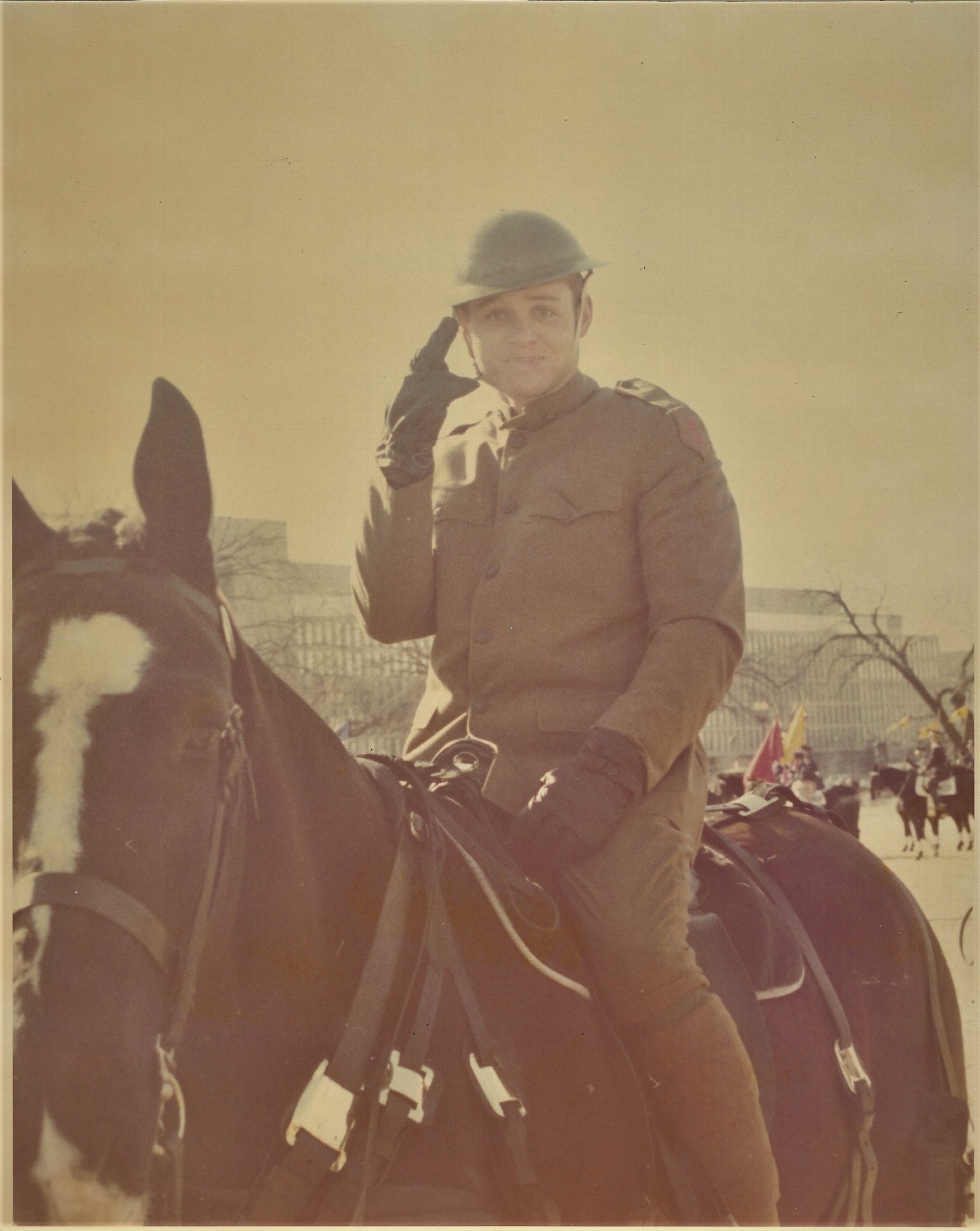
Latest Updates
TOGA Muster Survey
We need everyone’s feedback! We’ve put together a Google Forms survey to hear what you… Learn More
Help TOGA Plan the 2024 or 2025 Musters
We’re looking for lead planners for the 2024 and 2025 Musters. Each of these volunteers… Learn More
Volunteer Opportunities in TOGA
TOGA needs your help to fill critical roles. We have some volunteer positions that will… Learn More
It’s Finally Here: The Grand Re-Opening of the TOGA Website
It’s finally here! The Grand Re-Opening of the TOGA website on Wednesday, 20 December 2023…. Learn More
Join The Old Guard Association
Please consider joining us, the Veterans of America’s Regiment! Meet old friends, make new ones, and support our regiment.
Meet Your Board of Directors for 2024
We had four new directors elected during our General Membership Meeting in September at the Silver Anniversary Muster
Foundation of The Old Guard, Inc.
This is TOGA’s affiliated charitable foundation, to which donations are tax deductible.
TOGA Membership Benefits
AUSA Membership
TOGA is now a partner organization with the Association of the US Army, so TOGA members get AUSA benefits.
Access to Scholarships
Soldiers in the Regiment can compete for $1000 scholarships. Veterans and Family Members who are TOGA members can compete for scholarships awarded by FOGI, our affiliated charitable foundation.
Discounts on Muster & QM Store
If you’re a TOGA member, you can register for our Musters and purchase items from our Quartermaster Store at reduced prices.
About The Old Guard Association

The Old Guard Association (TOGA) was formed as the result of a conversation between an Old Guard Regimental Commander and a former Old Guardsman during the 1997 Veteran’s Day observance at Arlington National Cemetery. A series of follow-on meetings soon established clear-cut goals and a mission for TOGA.
Latest from The Blog
TOGA Muster Survey
We need everyone’s feedback! We’ve put together a Google Forms survey to hear what you… Read More
Help TOGA Plan the 2024 or 2025 Musters
We’re looking for lead planners for the 2024 and 2025 Musters. Each of these volunteers… Read More
Volunteer Opportunities in TOGA
TOGA needs your help to fill critical roles. We have some volunteer positions that will… Read More
It’s Finally Here: The Grand Re-Opening of the TOGA Website
It’s finally here! The Grand Re-Opening of the TOGA website on Wednesday, 20 December 2023…. Read More
